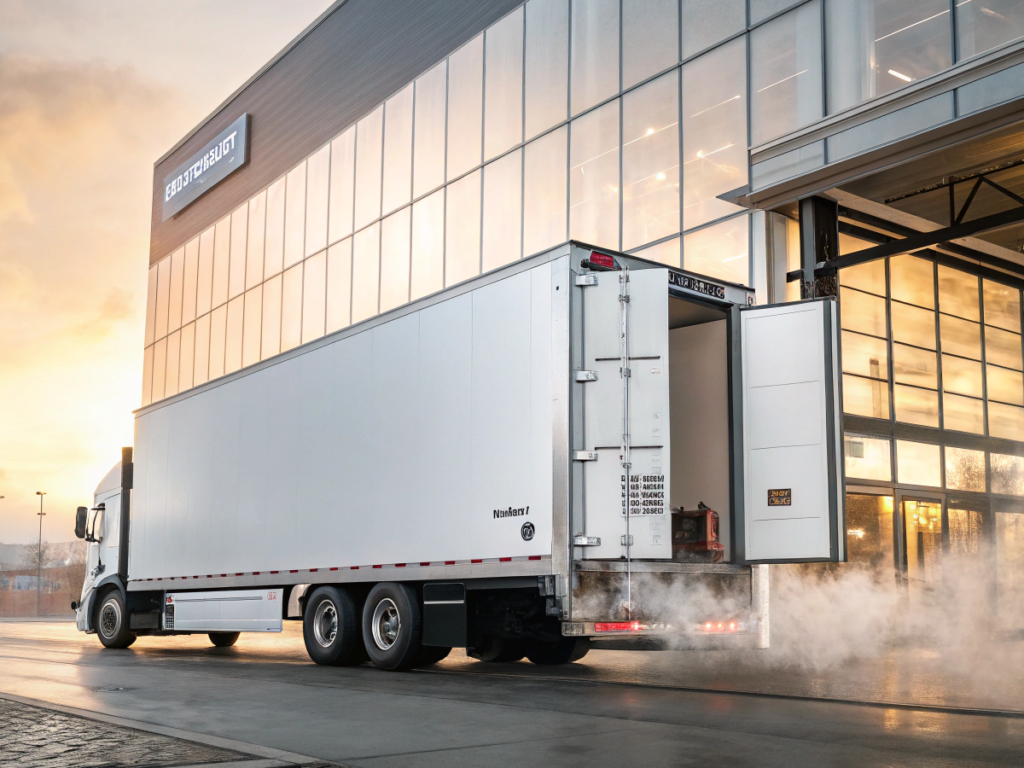
Repeated solenoid failures were killing their uptime. Techs were frustrated. Customers started complaining. Something had to change.
After replacing fuel solenoids with ours, a refrigerated fleet reduced failure rates by 30%—without increasing maintenance costs.
I’ll break down exactly how they did it, and why the results surprised even their most skeptical technicians.
Why were solenoids failing so often in the first place?
Their trailers weren’t the problem. The solenoids were.
Most failures came from overheating coils, rusted plungers, or parts that couldn’t handle extended idling and rough routes.

The root causes of solenoid failure in transport refrigeration
Many solenoid valves on the market—both OEM and low-end aftermarket—share the same weaknesses:
Common Failure Factors
| Issue | Resulting Problem |
|---|---|
| Coil overheating | Intermittent shutdowns |
| Plunger rust / misalignment | Hard start / no fuel flow |
| Low-tolerance assembly | Vibration-induced early failure |
In this case, 60% of their failures happened during high-idle periods in hot southern states. Each one took a unit out of service for at least 1–2 days.
What makes our fuel solenoids more reliable?
We didn’t “upgrade” the design—we rebuilt it around the realities of refrigerated engines.
Our solenoids use heat-stable coil windings, precision stainless plungers, and tighter QC processes to eliminate early wear and failure points.
Built for Transport Refrigeration
- High-temp rated coils (125°C+) stay stable even during long idles
- Anti-rust components for moisture-heavy engine bays
- Drop-in design for Thermo King and Carrier engines—no mods needed
“Honestly, I thought it was marketing talk—until I installed one. It just worked. And kept working,” said the customer’s lead tech.
How did the customer test and implement the switch?
They didn’t gamble the entire fleet. They ran a smart trial first.
The fleet chose 10 units with the highest failure history and ran them for 3 months using only our solenoids.
How the pilot was set up
- Trial group: 10 trailers on high-load, long-distance routes
- Install time per unit: <20 minutes
- Performance tracking: Start-up data, downtime, technician notes
- Support: Real-time communication with our tech team via WhatsApp
After 90 days, the numbers spoke for themselves. Only one unit had a solenoid issue—and it was traced to a fuel line clog, not the valve.
What operational improvements did they see?
The change wasn’t just about fewer failures—it improved their entire maintenance flow.
Downtime dropped. Maintenance costs stayed flat. And techs got back valuable hours each month.
The operations manager told me:
“It’s not just the cost of the part—it’s the cost of being stuck on the side of the road. That’s what we avoided.”
Should others in the transport refrigeration space follow suit?
If your current solenoids cause more stress than savings—it’s time.
A better part isn’t just about price. It’s about performance, downtime, and confidence your trucks will stay on schedule.
Who benefits most?
- Fleet Managers: More uptime = fewer fire drills
- Technicians: Fewer reworks = more time for real issues
- Leasing Operators: Happier clients = fewer SLA penalties
You don’t need to overhaul your system. Just test a better solenoid—and let the numbers decide.
Conclusion
One small change cut their failure rate by 30%. You might get even more.






